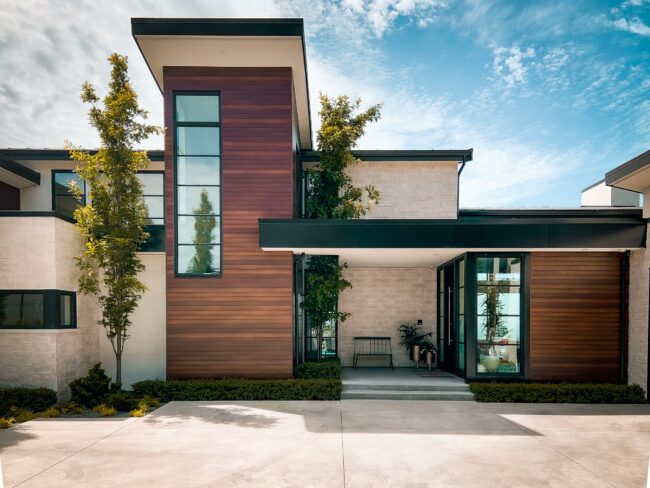Phases Of Architectural Design
Developing the Concept Design & Developing Drawings
As an architect, there is nothing more exciting than dreaming up a potential project, designing it on paper, constructing the blueprints and then bringing it to life. However, understanding the relationship between these various stages can be overwhelming for anyone without the proper knowledge of architectural design. We will explore all aspects related to modern architectural design from pre-design process to finished product; discussing each step in detail along with its implications in how your dream architecture builds come together. By taking the time to understand phases of architectural design you will be better equipped to make informed decisions when planning your own construction projects!

As a business owner or service provider, understanding your client’s requirements and goals is essential to delivering a successful project outcome. The first step in achieving this understanding is to have clear and open communication with your client. Listen carefully to their needs, concerns, and desired outcomes. Ask questions and seek clarification when needed. Once you have a thorough understanding of their requirements, work with your client to establish clear and measurable goals for the project. By doing so, you’ll create a roadmap to success that both you and your client can refer to throughout the project. Remember, the key to a successful project is a strong partnership with your client, one built on clear communication, mutual understanding, and a shared commitment to achieving goals.
Developing the concept design and creating drawings are crucial stages in the process of bringing an idea to life. This is where the idea moves from a mere concept to a visual representation of the final product. It’s a time when creativity and innovation come into full play, as designers incorporate their ideas and thoughts into the designs. Developing the concept design involves identifying the problem and designing solutions that cater to the user’s needs. On the other hand, creating drawings requires attention to detail and meticulousness to ensure that the final product is perfect. These stages serve as the foundation of any successful project, and they are the key to delivering a product that is not only functional but also aesthetically pleasing.